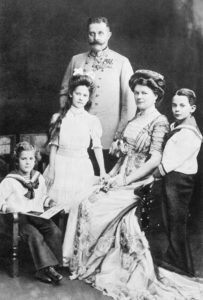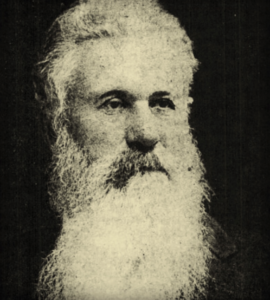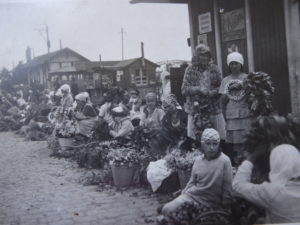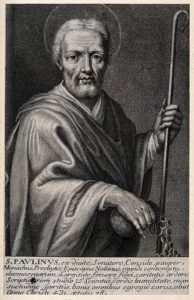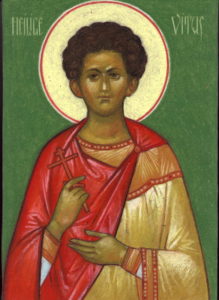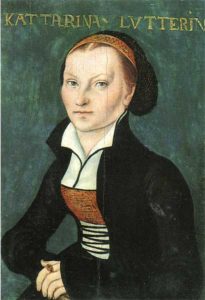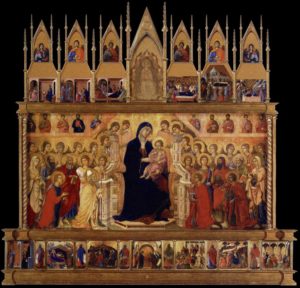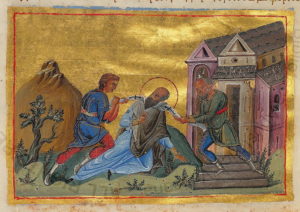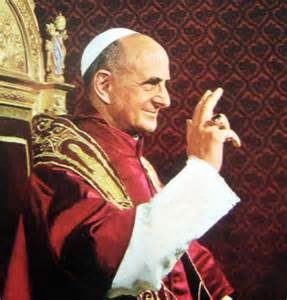
1968 Pope Paul VI issues the “Credo of the People of God”
To commemorate the 1900th anniversary of the martyrdom of Saints Peter and Paul, Pope Paul VI (1897-1978) issued the papal letter Solemni Hac Liturgia, known as “The Credo of the People of God.” It is an explication of the Roman Catholic understanding of the traditional Christian creeds. Its contents would be found largely uncontroversial by Protestants and Eastern Christians, but Articles 22-26 would cause them trouble.
One Shepherd
- Recognizing also the existence, outside the organism of the Church of Christ, of numerous elements of truth and sanctification which belong to her as her own and tend to Catholic unity, and believing in the action of the Holy Spirit who stirs up in the heart of the disciples of Christ love of this unity, we entertain the hope that the Christians who are not yet in the full communion of the one only Church will one day be reunited in one flock with one only shepherd.
- We believe that the Church is necessary for salvation, because Christ, who is the sole mediator and way of salvation, renders Himself present for us in His body which is the Church. But the divine design of salvation embraces all men; and those who without fault on their part do not know the Gospel of Christ and His Church, but seek God sincerely, and under the influence of grace endeavor to do His will as recognized through the promptings of their conscience, they, in a number known only to God, can obtain salvation.
Sacrifice of Calvary
- We believe that the Mass, celebrated by the priest representing the person of Christ by virtue of the power received through the Sacrament of Orders, and offered by him in the name of Christ and the members of His Mystical Body, is the sacrifice of Calvary rendered sacramentally present on our altars. We believe that as the bread and wine consecrated by the Lord at the Last Supper were changed into His body and His blood which were to be offered for us on the cross, likewise the bread and wine consecrated by the priest are changed into the body and blood of Christ enthroned gloriously in heaven, and we believe that the mysterious presence of the Lord, under what continues to appear to our senses as before, is a true, real and substantial presence.
Transubstantiation
- Christ cannot be thus present in this sacrament except by the change into His body of the reality itself of the bread and the change into His blood of the reality itself of the wine, leaving unchanged only the properties of the bread and wine which our senses perceive. This mysterious change is very appropriately called by the Church transubstantiation. Every theological explanation which seeks some understanding of this mystery must, in order to be in accord with Catholic faith, maintain that in the reality itself, independently of our mind, the bread and wine have ceased to exist after the Consecration, so that it is the adorable body and blood of the Lord Jesus that from then on are really before us under the sacramental species of bread and wine, as the Lord willed it, in order to give Himself to us as food and to associate us with the unity of His Mystical Body.(37)
- The unique and indivisible existence of the Lord glorious in heaven is not multiplied, but is rendered present by the sacrament in the many places on earth where Mass is celebrated. And this existence remains present, after the sacrifice, in the Blessed Sacrament which is, in the tabernacle, the living heart of each of our churches. And it is our very sweet duty to honour and adore in the blessed Host which our eyes see, the Incarnate Word whom they cannot see, and who, without leaving heaven, is made present before us.
